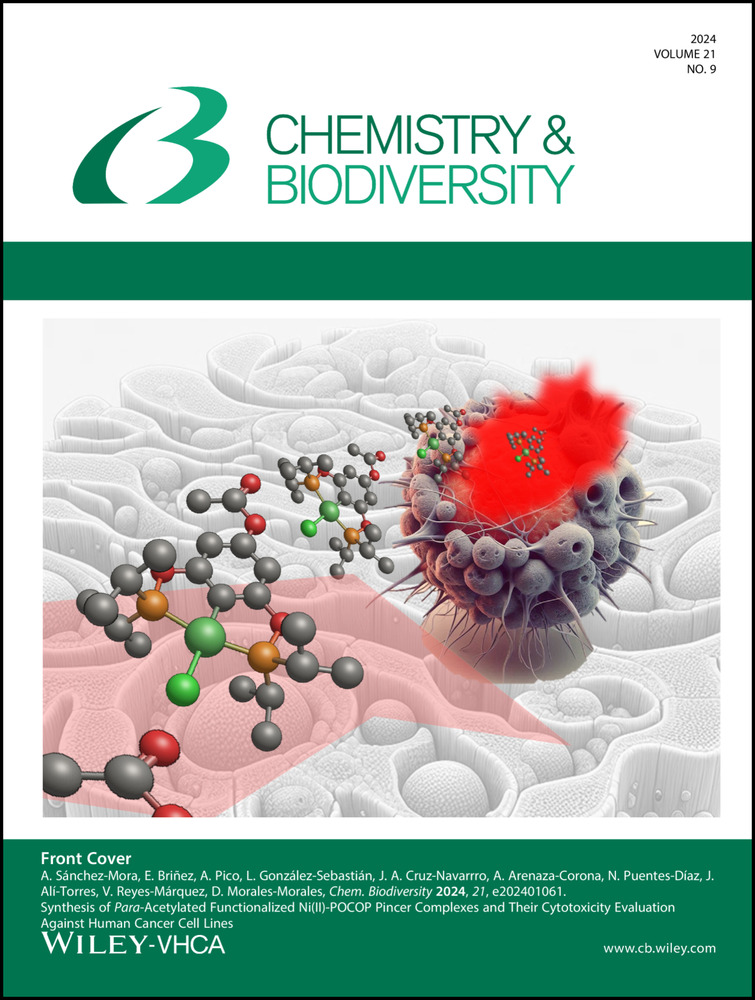Design, Synthesis of 3-(Aryl)-1-(2-p-tolylthiazol-4-yl)prop-2-en-1-ones as Alpha(α)-Amylase Inhibitors
Abstract
α-Amylase inhibition is vital in controlling diabetic complications. Herein, we have synthesized a hybrid scaffold based on thiazole-chalcone to access α-amylase inhbition. The proposed structures were verified with spectroscopic techniques (UV-Vis., FT-IR, 1H-, 13C-NMR, and elemental analysis). The synthesized compounds were evaluated for their α-amylase and antioxidant potential. In vitro hemolytic assay was performed to test biocompatibility of all compounds. Among tested compounds, 4 c (IC50=3.8 μM), 4 g (IC50=14.5 μM), and 4 f (IC50=17.1 μM) were found excellent α-amylase inhibitors. However, none of the tested compounds exhibited significant antioxidant activity. All compounds showed less lysis than Triton X-100, but compounds 4 f and 4 h had the least lysis at all tested concentrations and were found to be safe for human erythrocytes. Molecular docking study was performed to evaluate the binding interactions of ligands with human pancreatic α-amylase (HPA). The binding score −8.09 to −8.507 kcal/mol revealed strong binding interactions in the ligand-protein complex. The docking results supplemented the observed α-amylase inhibition and hence augment the scaffold to serve as leads for the antidiabetic drug development.
Graphical Abstract
Conflict of Interests
The authors declare that no conflicts of interests.
Open Research
Data Availability Statement
The data that support the findings of this study are available in the supplementary material of this article.





